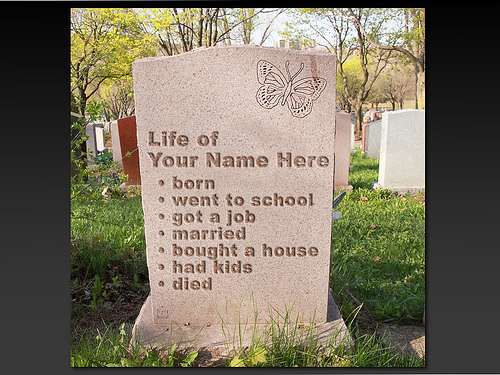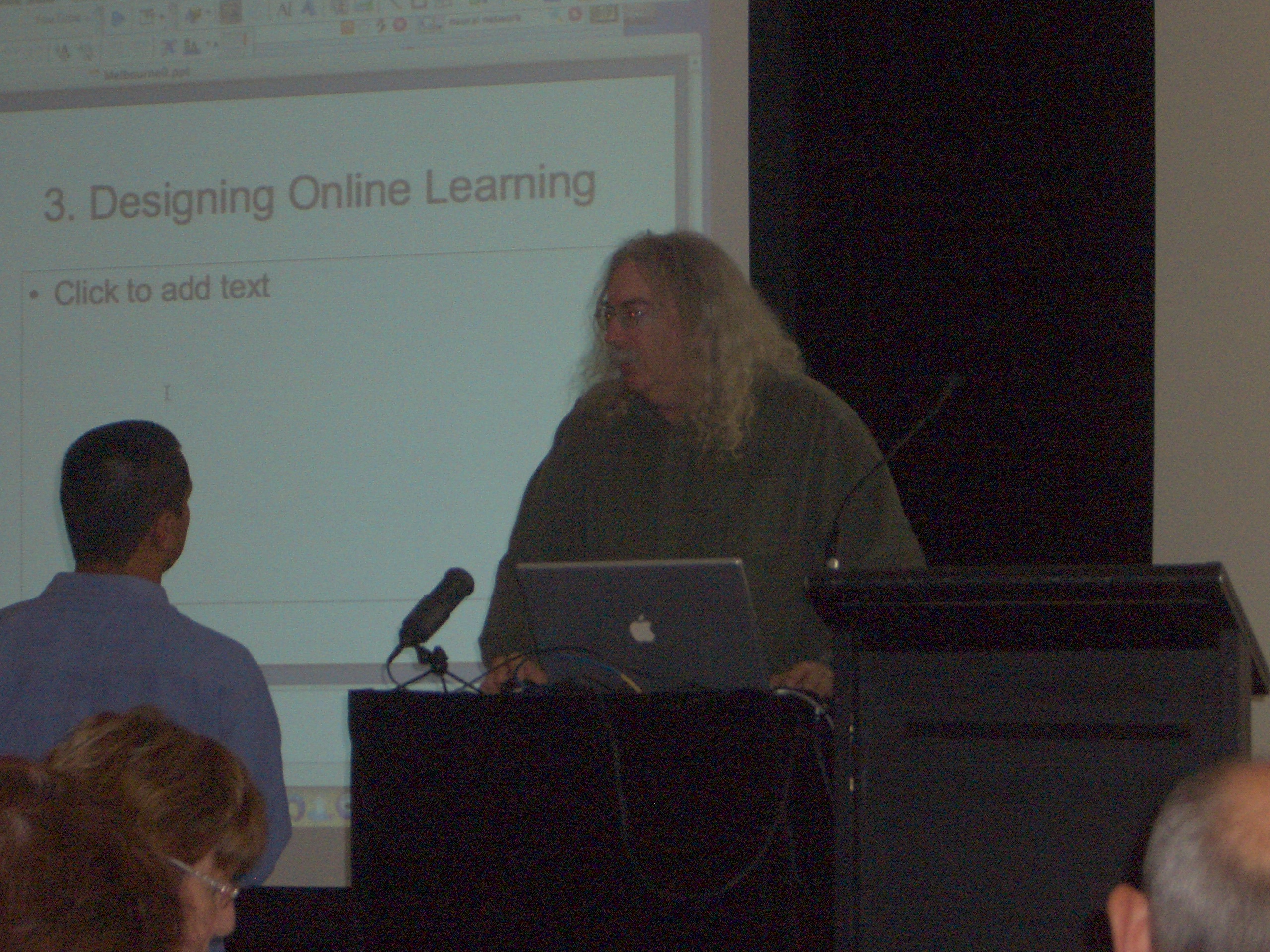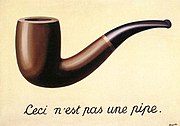
Thanks to cogdogblog for the photo.
My older son has started university this year. His core subjects are Psychology and Politics, and Logic is one of his breadth subjects. Today he was telling me that some of the students in one of his Psychology classes were complaining about a particular lecturer. They thought he was too vague. What did they mean by ‘too vague’? The lecturer gave them material to read, but he didn’t specify what exactly they were supposed to learn, he didn’t give them dot points, and he didn’t make it clear what they needed for the assessment task or exam.
In other words, he expected them to read and think for themselves, to learn instead of just memorising dot points to satisfy exam criteria. According to my son, his lectures were more about making students think about things. eg. in a lecture about sensation and perception he might present an example that encouraged students to reconsider the way they perceived things, to deconstruct how they perceived reality.
What is going on in our education system that produces such an attitude to learning ?
Of course, this is a complex question which cannot be answered simply but, in my opinion, this is the result of teaching to the test, of putting all the pressure onto a final mark, an ENTER, which will allow access into a university course, which, in turn, will provide students with a job. Nothing wrong with employment. Nothing wrong with wanting further education. What is wrong, then?
The lamentable thing here is that academic success is based on performance which is made up of mastering discrete chunks of information. Why? In order to pass the assessment task or test. What is missing here is the desire to learn something because it’s interesting, because a deeper understanding enriches your life. What is also missing is the thinking behind the learning, the ability to independently read and understand, construct meaning, evaluate information, solve problems and construct creative solutions.
If students at tertiary level claim they cannot learn without the summaries or the dot points, then shouldn’t we reassess what we are teaching them? Shouldn’t we consider which skills are most important to them in their lives?
These students compared two lecturers: the one who frustrated them with the open-ended teaching method, and the one they preferred, who provided dot-point summaries, and provided notes, telling them that this was all they needed to know for the exam, and anything else they didn’t need to worry about.
My son liked the unpopular lecturer’s teaching style because it was more philosophical, more interesting because it required higher order thinking. He said that it wasn’t the case that this lecturer would include in the exam things they hadn’t covered, it’s just that he didn’t present his information in pre-digested chunks.
What do other educators think about this? Do you see this as an isolated or general problem? What do you think are the most important skills students should leave school with? Are we preparing our students for their future world?

![Reblog this post [with Zemanta]](http://img.zemanta.com/reblog_e.png?x-id=23dc1b8a-d323-4ca3-9174-1a7851a0330d)



